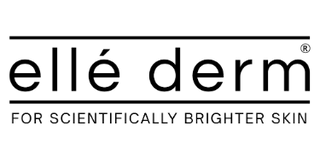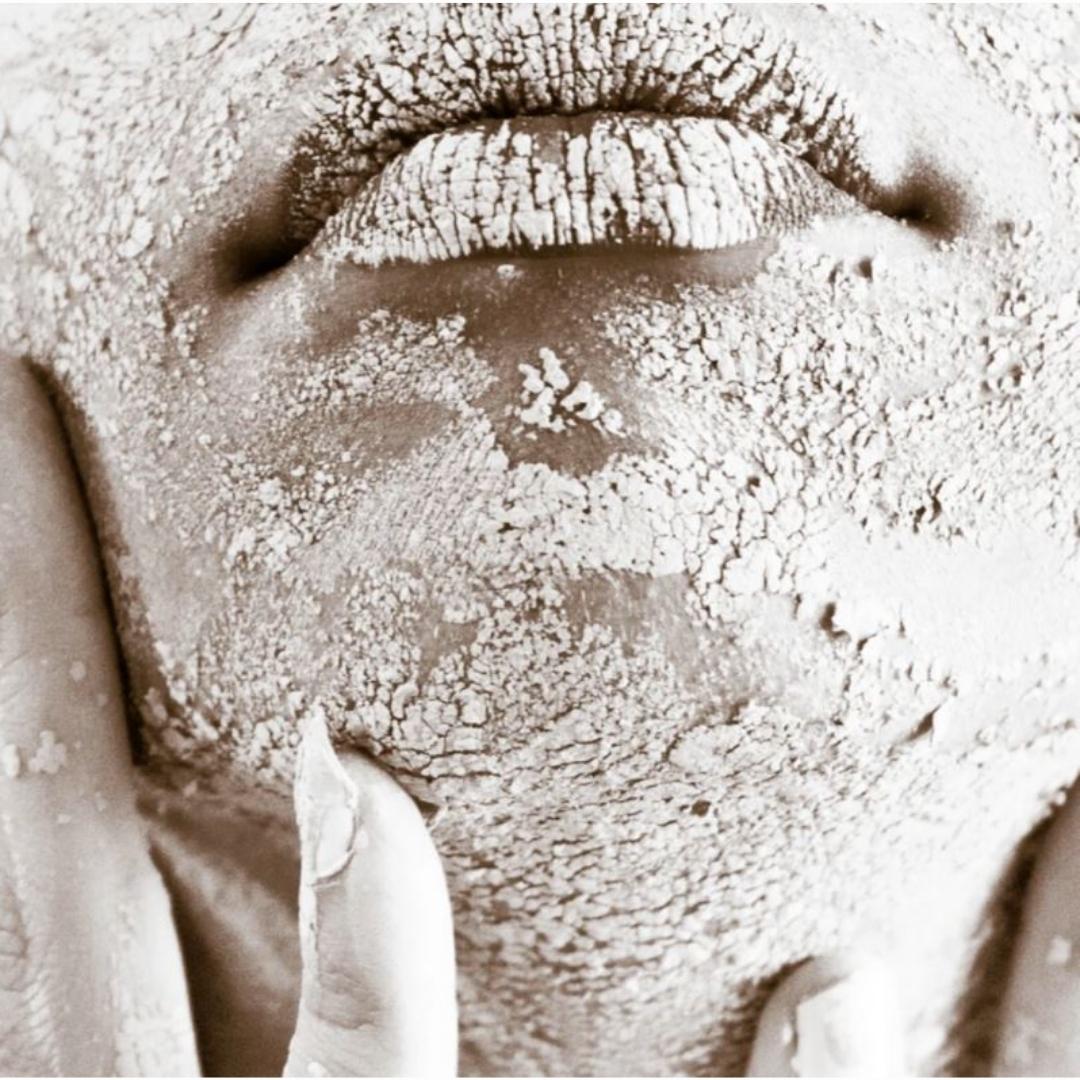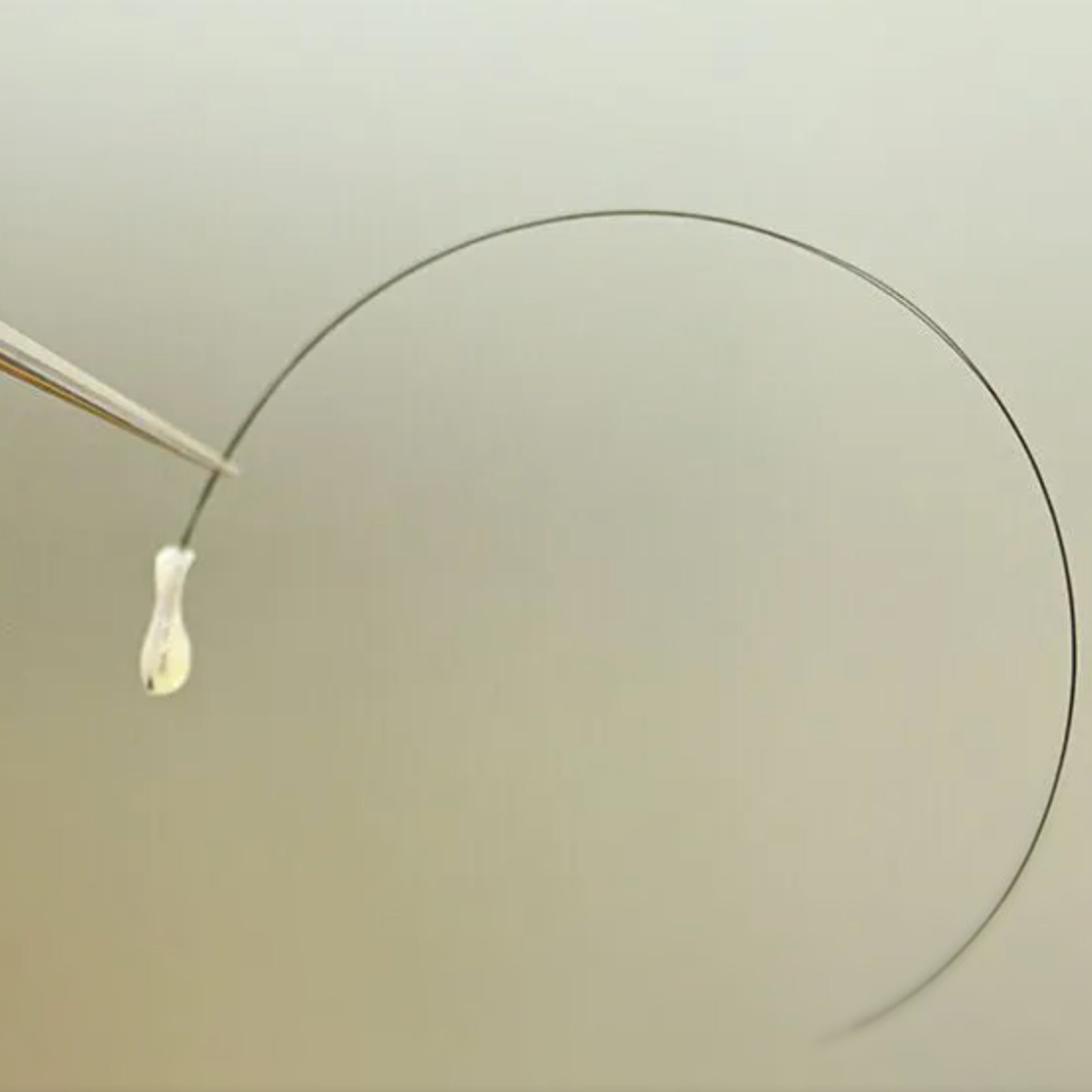The Acne Diet, Dairy and Sugar - What Research tells Us | ellé derm
The cause of acne vulgaris, commonly known as acne, is multifactorial and is known to be caused by one or all of the following:
- Excess sebum production (caused by the increase in androgens),
- Blocked hair follicle trapping oil and dead skin cells,
- Excess androgen production is driven by hormones, and
- An imbalance of Propionibacterium acnes (P. acnes), a bacteria that commonly live on the skin goes on to digest the sebum, causing blackheads and inflammation of the skin.
Whilst genetics can predispose a person to develop acne, more research has shown that acne is strongly associated with inflammatory foods such as dairy, sugar and grains.
Foods that can cause pimples
A systematic review on foods that can cause acne was published in the Journal of International Dermatology in 2021. The purpose of this review was to look at the 53 research papers published on acne and foods that can cause acne between 2009 and 2020. The review concluded that foods which promoted acne included high glycemic index foods, dairy products and fatty foods. In contrast, a low carbohydrate diet and omega-3 fatty acids were found to be acne-protective.
The researchers also noted whilst milk and dairy products are strongly linked to acne, more work needs to be done to differentiate between low-fat, no fat and high-fat milk in the development of acne.
According to the American Academy of Dermatology Association, people who consume cow's milk, regardless of fat content, were more likely to develop acne than those who did not consume cow's milk.
How does sugar cause acne?
Foods or a diet rich in carbohydrates (sugar) causes a rapid rise in insulin and insulin-growth-like factor (IGF-1). An increase in IGF-1 not only predisposes a person to an increased risk of weight gain and type II diabetes but also:
- Increases the conversion of testosterone to dihydrotestosterone, thus encouraging the pilosebaceous glands to secrete large quantities of sebum. This increase in sebum production becomes a food source for bacteria, allowing them to multiply.
- Increases the size of the pilosebaceous glands. The increase in sebum production coupled with an increase in the size of the pilosebaceous glands causes white heads to appear. Whiteheads become blackheads when this sebum is oxidised.
- IGF-1 also promotes keratinocytes (skin cells) to multiply; further encouraging acne.
One pilot study was conducted in 2007 to test the influence of a low glycemic diet vs a high glycemic diet and acne. At the end of the 12 weeks, the study found participants on a low glycemic diet experienced a decrease in total lesion count, reduced free androgen levels and increased insulin-like growth factor binding protein-1 (IGFBP-1) compared to participants who had a high glycemic load diet.
Was grandma right about drinking soda and getting pimples on the face?
The latest research on foods that can cause pimples concluded that acne lesions can be worsened with a high glycemic index diet. Foods with a high glycemic index include those with lots of sugar, carbohydrates and starch. If you are still battling acne despite trying countless treatment plans, a small tweak in your diet may be the missing link.
Dairy is also another hidden culprit, making flavoured yogurt one of the most dangerous snacks for getting pimples large on the face.
References:
- Dall’Oglio, F et al (2021). "Diet and acne: review of the evidence from 2009 to 2020." International Journal of Dermatology. First published: 18 January 2021. Accessed: https://doi.org/10.1111/ijd.15390
- "Can the Right Diet Get Rid of Acne?" American Academy of Dermatology Association. Accessed 3rd August, 2022.
- Smith, R et al. "The effect of a high-protein, low glycemic-load diet vs a convention, high glycemic-load diet on biochemical parameters associated with acne vulgaris: a randomised, investigator-masked, controlled trial." Journal of American Academy Dermatology. 2007 Aug;57(2):247-56.
- Juhl, C et al. "Dairy Intake and Acne Vulgaris: a Systematic Review and Meta-Analysis of 78,529 Adolescents and Young Adults." Journal of Nutrients. 2018 Aug; 10(8): 1049.
- Mahmood, S et al. "Diet and Acne Update: Carbohydrates emerge as the main culprit." Journal of Drugs and Dermatology. 2014 Apr;13(4):428-35.



